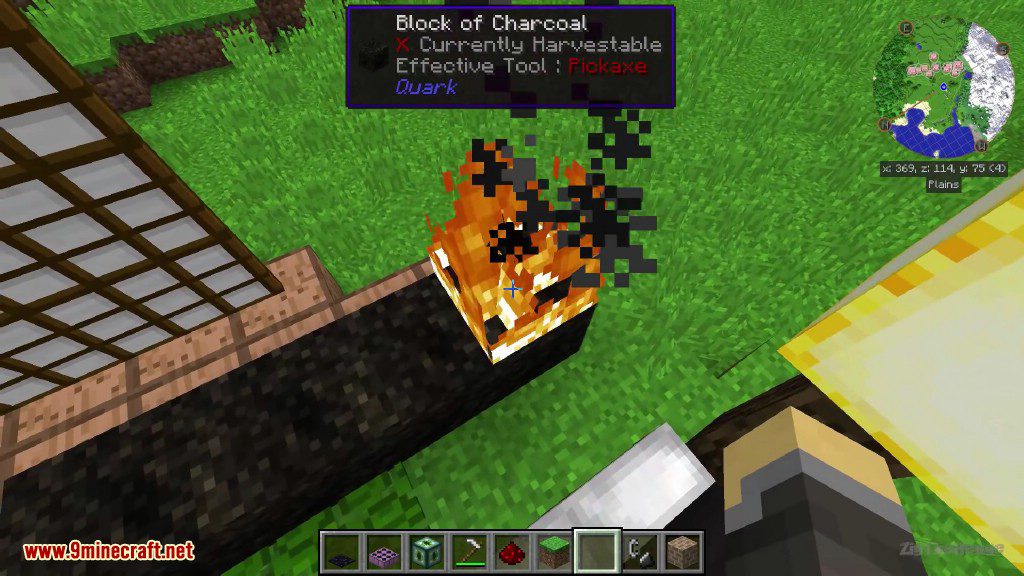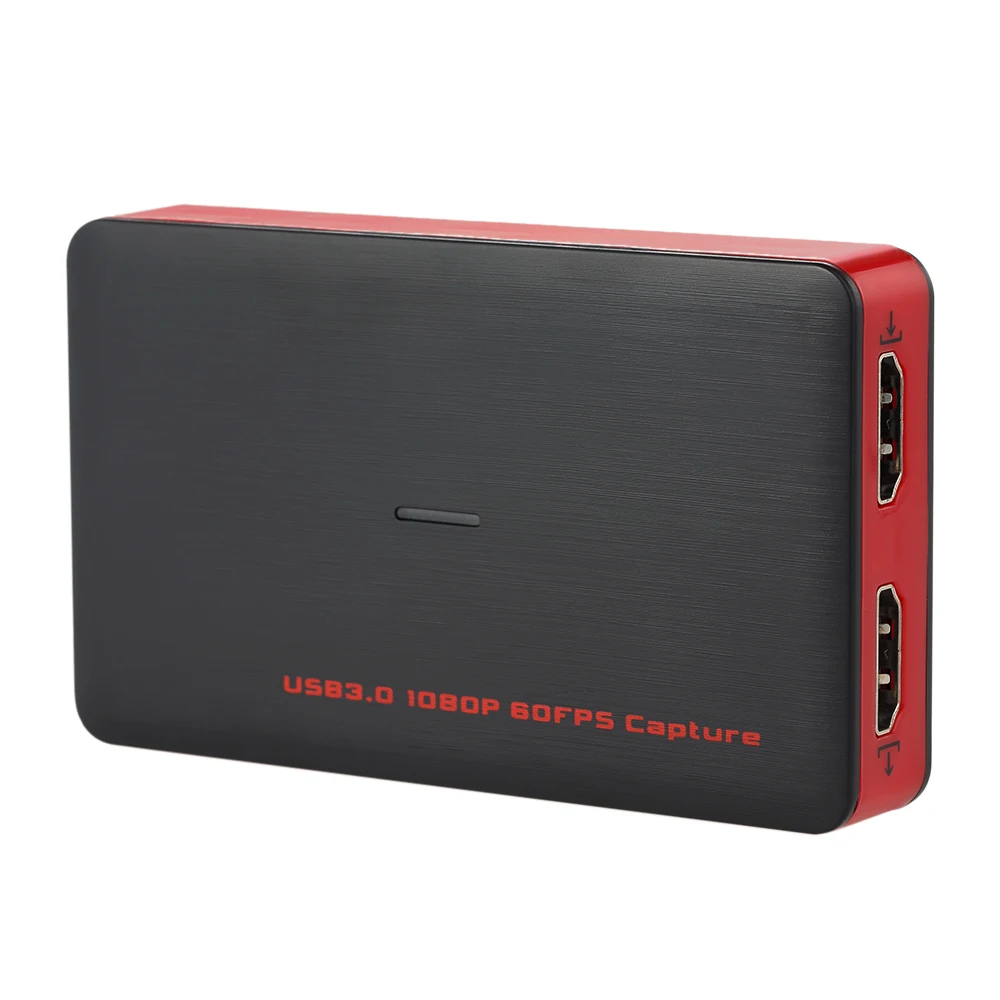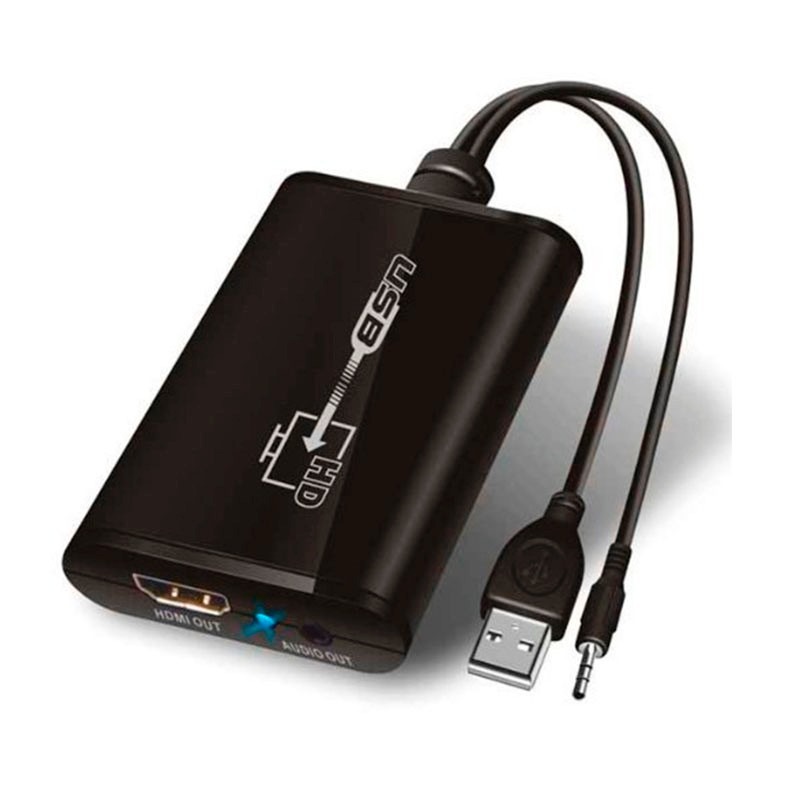The USB video device class (also USB video class or UVC) is a USBdevice class that describes devices capable of streaming video like webcams, digital camcorders, transcoders, analog video converters and still-image cameras.

The latest revision of the USB video class specification carries the version number 1.5 and was defined by the USB Implementers Forum in a set of documents describing both the basic protocol and the different payload formats.[1] Virus detection mac.
Devices[edit]
Mar 03, 2020 Read this USB drive data recovery guide for more information. Also, since I don’t know whether you are on a PC or Mac to perform this operation, I’m here to break down this guide into two parts. The first part is for Mac users, and the second part is for PC users (Windows 10 based). In no particular order. Part 1: Formatting USB Drive On Mac. The USB video device class (also USB video class or UVC) is a USB device class that describes devices capable of streaming video like webcams, digital camcorders, transcoders, analog video converters and still-image cameras.
Webcams[edit]
Webcams were among the first devices to support the UVC standard and are currently the most popular UVC devices.[citation needed]
TV receivers and video recorders[edit]
UVC v1.5 supports transmission of compressed video streams, including MPEG-2 TS, H.264, MPEG-4 SLSMPTE VC1 and MJPEG.[1]
Formats[edit]
- Uncompressed YUV formats YUY2, NV12[1]
- DV formats SD-DV, SDL-DV, and HD-DV (525-60, 625-50, 1125–60, 1250-50)[1]
- Frame-based[1]
- Video stream formats like MPEG-2 TS, H.264, MPEG-4 SL, SMPTE VC1, VP8 and MJPEG[1]
Revision history[edit]
For detailed history on releases, see the revision history section of the published USB UVC documents, available from the USB.org page.
| Version | Date | Description |
|---|---|---|
| 1.0 | September 4, 2003 | Initial release |
| 1.0a | December 4, 2003 | Add Additional Descriptor Subtypes for 'Extension' types. FAQ: Added section 2.21 Interlaced Video |
| 1.0b | ? | Changes to FAQ only: Protocol STALL behavior, Current and Future Payload Header Formats |
| 1.0c | June 5, 2004 | Changes to FAQ only: Added Motion JPEG Characteristics |
| 1.1 | June 1, 2005 | Major update including among other things: New Documents specifying for Stream and Frame Based Payloads, Latency optimizations for Stream-based formats, Specification of Absolute and Relative Control relationship, Asynchronous controls behavior, change naming from 'VDC' to 'UVC', obsolete old formats and add new ones, add a flag to distinguish between dynamic and fixed frame rate devices (RR0043). |
| 1.5 | June 6, 2012 | Added H.264 and VP8 payloads, and accompanying controls for video encoders. Included references to USB 3.0 |
Operating system support[edit]
- Android
- As of the release of Android 10 (and still as of June 2020) Android does not support UVC [2](USB video devices). Earlier Android versions do support UVC.
- Linux
- USB video class support for Linux is provided by the Linux UVC driver, although as of July 2017 support for still-image capture is not yet implemented.[3] The UVC driver has been included in the Linux kernel source code since kernel version 2.6.26. Detection of UVC 1.5 devices was introduced in Linux kernel version 4.5,[4] but support in the driver for UVC 1.5 specific features or specific UVC 1.5 devices was not added and MPEG-2 TS, H.264 and VP8 payloads are not supported yet. The result is that some UVC 1.5 devices that also support UVC 1.1 work correctly.
- OS X
- OS X ships with a UVC driver included since version 10.4.3,[5] updated in 10.4.9 to work with iChat.[6]
- Windows
- Windows XP has a class driver for USB video class 1.0 devices since Service Pack 2, as does Windows Vista and Windows CE 6.0. A post-service pack 2 update that adds more capabilities is also available.[7] Windows 7 added UVC 1.1 support. Support for UVC 1.5 is currently only available in Windows 8 and 10.[8][9][10][11] Most device manufacturers do, however, provide their own drivers tailored to the capabilities of the product in question.[citation needed]:
| UVC Version | Windows Vista/XP | Windows 7 | Windows 8 |
|---|---|---|---|
| USB Video Class 1.5 (H.264 video codec) | Not supported | Not supported | Supported |
| USB Video Class 1.1 | Not supported | Supported | Supported |
| USB Video Class 1.0 | Supported | Supported | Supported |
FreeBSD[edit]
- FreeBSD added the uvc driver for UVC devices in Jan 18, 2011; added in the 9.0 release.[12]
- NetBSD
- NetBSD added the uvideo driver for UVC devices in September 2008; added in the 5.0 release.[13]
- OpenBSD
- OpenBSD added the uvideo driver for UVC devices in April 2008; it appears in the 4.4 release.[14]
- PlayStation 3
- The PlayStation 3 added support for UVC compatible webcams in firmware version 1.54 (only works for video chat, not games.)
- MenuetOS
- MenuetOS added support for UVC compatible webcams in version 0.87
- Solaris
- Solaris includes support for UVC webcams in the form of the usbvc driver for OpenSolaris. The driver ships with Solaris Express build 56 and later.[15]
References[edit]
- ^ abcdefUSB Device Class Definition for Video Devices, Revision 1.5, June 2012.
- ^'Android 10 no UVC issue'.
- ^'Linux UVC driver & tools'. www.ideasonboard.org.
- ^'Enable UVC 1.5 device detection'.
- ^Mac OS X 10.4.3 update 'comes with native support for UVC devices', NCH Software. Retrieved June 29, 2019.
- ^Mac OS X 10.4.9 update 'Includes iChat support for USB Video Class webcams', Apple Inc. April 8, 2008. Retrieved January 28, 2010.
- ^The updated USB Video Class (UVC) driver for Windows XP with Service Pack 2 is available.
- ^USB Video Class Driver Overview. Microsoft. Retrieved July 22, 2014.
- ^barrygolden. 'USB Video Class Driver Overview - Windows drivers'. docs.microsoft.com. Retrieved 2020-05-26.
- ^barrygolden. 'Windows 10 UVC camera implementation guide - Windows drivers'. docs.microsoft.com. Retrieved 2020-05-26.
- ^barrygolden. 'Microsoft extensions to USB Video Class 1.5 specification - Windows drivers'. docs.microsoft.com. Retrieved 2020-05-26.
- ^'UVC(4) FreeBSD Kernel Interfaces Manual'. 2012-08-06. Archived from the original on 2013-09-11. Retrieved 2013-09-10.
- ^'uvideo - NetBSD Manual Pages'. netbsd.gw.com.
- ^'uvideo(4) - OpenBSD manual pages'. man.openbsd.org.
- ^'USB Video Class driver on Solaris'. Archived from the original on 2007-08-23. Retrieved 2007-08-23.
Nowadays, when you buy a USB drive, you can use it right out of the box with your Mac. However, unless it’s been designed for use with a Mac, it won’t be formatted using macOS’ preferred file system (either Mac OS Extended or APFS, depending on which version of macOS you’re running).
That’s because most of the computers in the world run Windows, and Windows uses a different file system, usually one known as Fat32. Drives formatted as Fat32 can be read from and written to by macOS, but it’s not optimal and you’re more likely to run into problems than if you use macOS’ native format. So, if you’ve bought a USB drive that’s formatted as Fat32, or any other format other than Mac OS Extended (also known as HFS+) or APFS, here’s how to format a USB drive on Mac. It’s exactly the same procedure if you need to reformat a flash drive on a Mac.
How to format a USB drive on a Mac
1. Plug the drive into a USB socket (if you have a recent MacBook or MacBook Pro that only has USB-C connectors, you’ll need a USB-C to USB-A adaptor).
Usb Video Macbook Pro
2. Open a new Finder window and click on the drive. Make sure it has no files on it that you need. The process of reformatting it will wipe all the data from it.
3. Once you’ve copied any files you need from the USB drive to your Mac, go to Applications>Utilities and double-click on Disk Utility.
4. Click on the USB drive in the sidebar and then choose Erase from the toolbar at the top of the window.
5. In the window that drops down type a name for the formatted drive in the box next to Name.
6. Choose a format from the dropdown menu. Multi display for mac.
7. If you have previously stored sensitive data on the drive, click the Security tab.
8. Choose a security level using the slider. The further to the right you move the slider, the more ‘passes’ the erase tool will make and the more securely files will be deleted. However, it also increases the time it takes to format the drive quite considerably.
9. Click Ok then click Erase.
This is Quake II for Mac OS X. This release includes the software and OpenGL renderer plug-ins.  File: quakedosmac.7z. Click the button below to generate the download link. Download File Close. How to install and play the game. Files for Mac can be run on all versions of OS X. You need to uncompress the 7z archive using the proper software (please use Keka to avoid problems). If the archive contains a DMG, double click it to mount the disk.
File: quakedosmac.7z. Click the button below to generate the download link. Download File Close. How to install and play the game. Files for Mac can be run on all versions of OS X. You need to uncompress the 7z archive using the proper software (please use Keka to avoid problems). If the archive contains a DMG, double click it to mount the disk.
Tip: You don’t need to erase a whole drive to delete files securely. If you have confidential files or sensitive data you need to remove from your Mac completely, you should use CleanMyMac’s File Shredder. It’s specifically designed to securely delete sensitive data and will render it unrecoverable. You can download CleanMyMac X for free here.
Which format to choose?


If your Mac is running macOS High Sierra or later, you have two options for file formats: APFS and Mac OS Extended. Which should you choose? The key point is that disks formatted as APFS won’t be recognized by Macs running versions of macOS older than High Sierra. So if you think you might need to plug the USB drive into a Mac running an older version of macOS, format it as Mac OS Extended.
APFS is optimized for SSD (solid state drive) such as flash drives, so if you reformat a flash drive on a Mac, you should definitely choose APFS (unless you plan to use it with a pre-High Sierra Mac, of course). Even on hard drives, however, APFS is faster and more reliable than Mac OS Extended.
Finally, if you plan to use the USB drive as a destination for Time Machine backups, choose Mac OS Extended. Time Machine can’t currently back up to an APFS disk and if you select one for use with Time Machine, it will offer to reformat it as Mac OS Extended. You can, however, backup an APFS formatted disk to a Mac OS Extended Time Machine drive.
How to format a USB drive to FAT32 on a Mac
The main reason for formatting a USB drive as Fat32 on a Mac is that you want to be able to use the drive on a Windows PC, as well as a Mac — perhaps to transfer files between the two machines. You may also be preparing the drive for use as, say, a storage device for a media player or to record TV programmes on a TV with a USB port.
The fact that Fat32 can be read from and written to on both Mac and Windows makes it very versatile. However, there is a significant limitation — individual files have a maximum size of 4GB. So, if you’re using the USB drive to store large video files, you may run into trouble. There is a solution, however, exFAT. Unlike FAT32, exFAT doesn’t have a maximum file limit. Better still, it can be read from and written to on any Mac running Mac OS X Snow Leopard or later and on Windows.
To format a USB drive in FAT32 or exFAT:
1. Plug the USB drive into your Mac.
2. Go to Applications>Utilities and launch Disk Utility.
3. Click on the USB drive in the sidebar in Disk Utility.
Usb Video For Mac App
4. Click Erase in the Disk Utility toolbar.
5. Type in a name for the formatted disk.
6. Click on the Format menu and choose either MS-DOS (FAT32) or ExFAT.
7. Click Erase.
Your USB drive will now be erased and re-formatted as either FAT32 or ExFAT, depending on the format you chose in step 6.
How to manage your drives easily
If you look for a quick and easy way to manage your drives, try using CleanMyDrive 2. With its help, you can drag-and-drop files directly to any drive, clean hidden junk from external drives, and check disk stats. It works for all drives, including USB drives, SSD, SD cards, external hard drives. All the drives will be at hand in the menu bar, so you can get to see types of drives you have and manage them easily. CleanMyDrive is absolutely free to use, so download it on the Mac App Store and enjoy!
It’s very easy to format a USB drive on a Mac using Disk Utility. There are a couple of things you should keep in mind, however. The first is that when you format and disk, you will erase all the data currently on it. So if you need that data, make sure you copy it onto another disk before you start. Secondly, there are several formats to choose from, each with advantages and disadvantage. Use the guide above to help you decide which is right for you.
These might also interest you:





